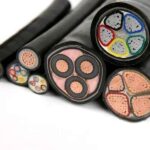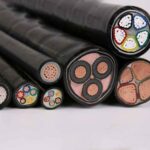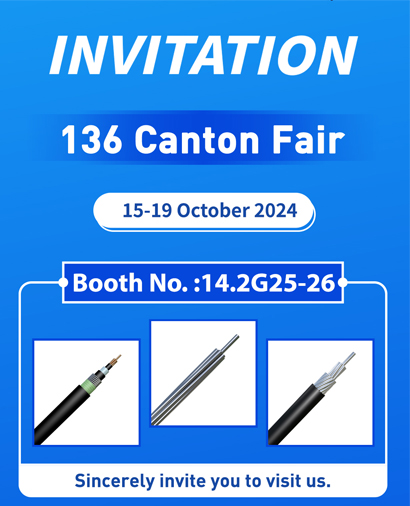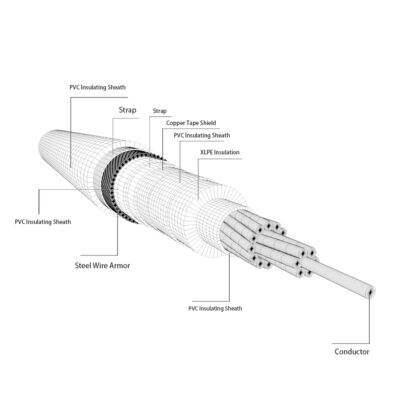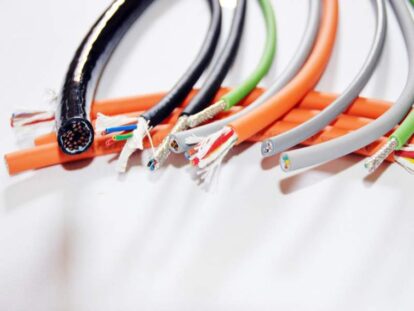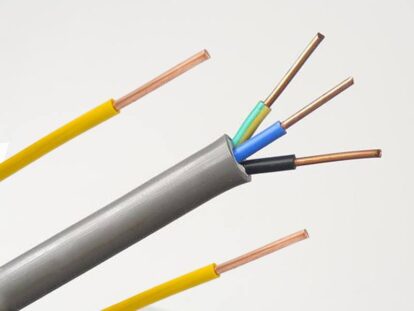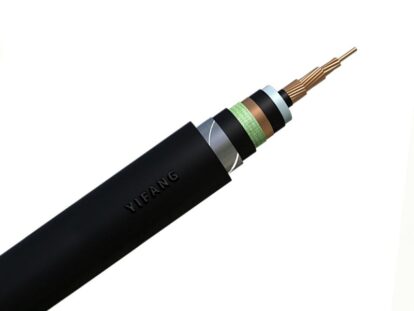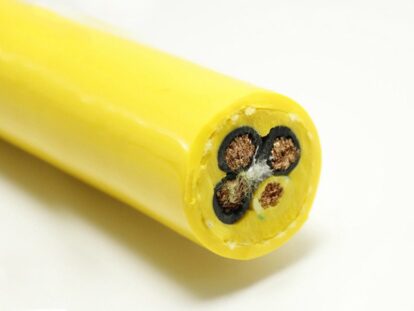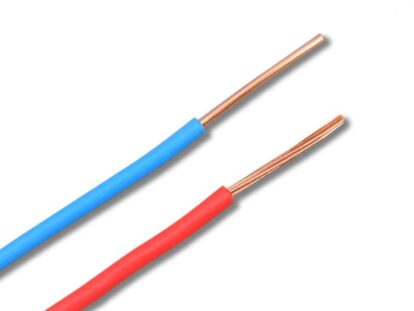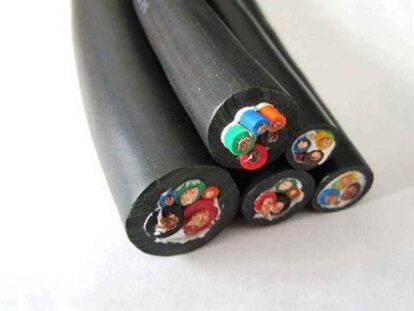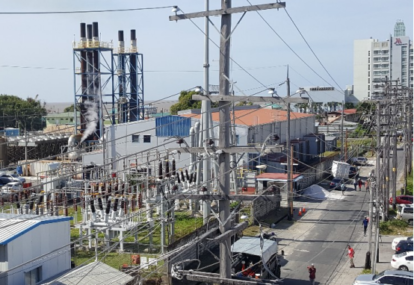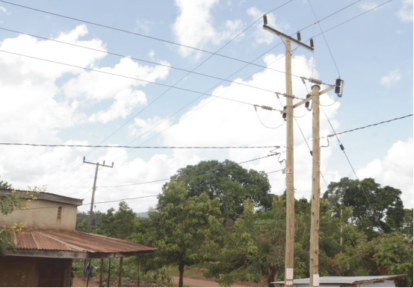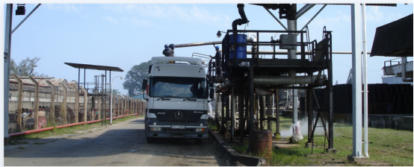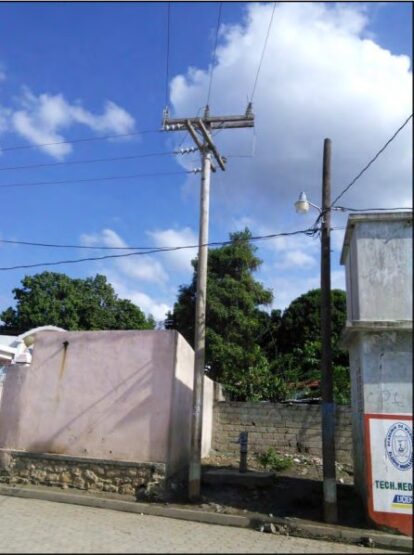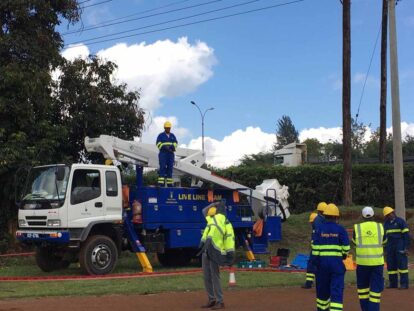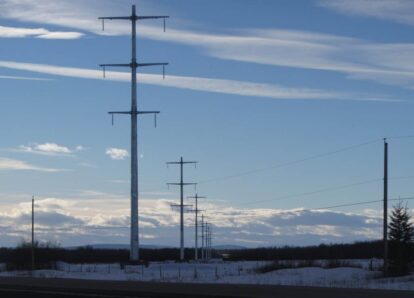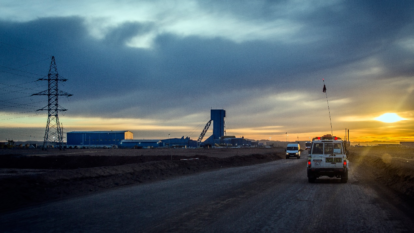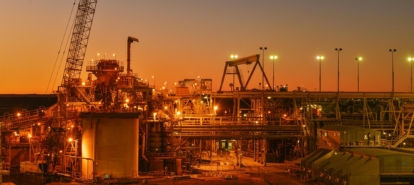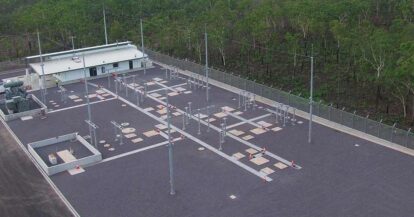Nowadays, with the development of science and technology, high-rise buildings have been built in many places, and various infrastructures have become more and more complete. Wires and cables are laid in every corner of the building. Especially today with the rapid development of intelligence, the laying of cables is the basis of the data age.
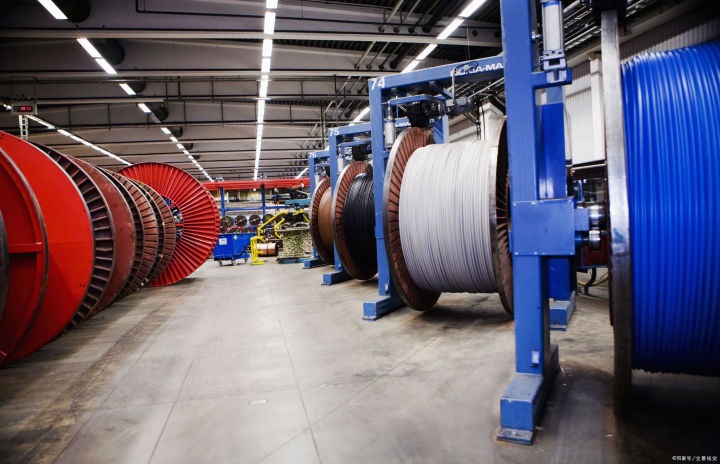
When we are doing engineering projects, we will consider a question in advance, that is, which type of cable should be used for this project, and how many meters should it be used?
However, there are many types of cables, and cables with various specifications and functions are easy to cause confusion. If you do not understand the performance and environment of the cables when making project budgets and arrangements, it is easy to make mistakes in decision-making, A huge fire hazard.
Today, Yifang Electric will tell you what are the factors that we need to consider the fire resistance and flame retardant grade of wires and cables in the project engineering design?
Cable laying environment
Regarding the laying of cables, different cables can adapt to different environments. In some special environments, special cables are also required. The laying environment of the cable largely determines the service life and safety of the cable.
For example, non-flame-retardant cables can be used in the environment of direct burial or separate pipe penetration. In the environment of semi-enclosed bridges and wire troughs, the flame retardant grade of the cable can be selected, It is recommended to use flame retardant class C or D.
The laying of the cable is less affected by the environment, and the later use of the cable is safer. Once a fire occurs, it is easy to extinguish naturally due to the limitation of the space environment, and it is not easy to cause a major disaster.
In an environment where the space is relatively large or the air is relatively easy to circulate, the flame retardant grade of the cable should be adjusted, It is recommended to use flame retardant class B or A cable products.
There is another situation that needs special attention. When the environment is in a high temperature or flammable and explosive environment, such as oil, mines and other environments, strict standards must be adopted, and flame-retardant class A cables or low-smoke halogen-free resistance must be used, Flame retardant and fire-resistant grade A.
How many cables are laid
The number of cables laid in the same environment can also affect the flame retardant grade of the cable. What is the reason? Simply put, in the same environment, that is, in the same space, the more cables there are, in case of a fire, the heat generated by the flame or combustion will not be restricted in any way, and it can radiate to the nearby cables and cause it to burn. It is easy to make the fire expand. Therefore, it is necessary to adjust the fire retardant grade.
In addition, it is not enough to adjust the fire retardant grade. It is also necessary to set up isolation measures such as isolation boards around the cables in the same space. Once a fire occurs, they will not be affected by each other.
Density of cables
In the same environment, such as in a laying pipeline, the thickness (cross-sectional area) of the cable can also affect the flame retardant effect, which must also be considered in place. If thick cables account for the vast majority, the flame retardant grade can be flame retardant Class C or Class D. If the cable is relatively thin, it needs to be adjusted to flame-retardant class B or A.
The reason for this is that the smaller the cable, the less heat it absorbs, and it is easy to ignite a fire, while the relatively thicker cable has a larger heat absorption and is less likely to be ignited.
It is not advisable to mix flame-retardant and non-flame-retardant cables in the same channel
This is very important. Flame-retardant cables and non-flame-retardant cables are not suitable for laying in the same pipeline. When laying cables, it is best to lay cables of the same grade together.
The depth of fire hazard determines the flame retardant level of the cable
The depth of fire hazards varies from shallow to deep. For crowded places, the flame retardant level of the cable should be high and strict, and to meet the requirements of the environment,try to choose cables with low smoke, halogen-free, fire-retardant and flame retardant cable,that is harmless to people and the environment.
Power cables and non-power cables should be laid in isolation from each other
According to research, power cables are more likely to catch fire because they are hot and have the possibility of short-circuit breakdown, while non-power cables are not easy to catch fire due to low voltage and small load in a cold state.
Therefore, we suggest that in the same space, the two should be laid separately, and the power cable should be on the top, and the control cable should be on the bottom, because the direction of fire spread is upward, and installing a layer of isolation board between the two cables can prevent the power cable from falling off. Falling causes non-power cords to catch fire.
The above are the six problems that should be considered in the process of laying flame retardant cables as summarized by Yifang Electric. We can only avoid the possibility of danger in the later stage if we take into account the problems that can be considered before laying the cables. Only by laying the cables scientifically and reasonably can the flame-retardant cables play their real role and achieve real electricity safety.


